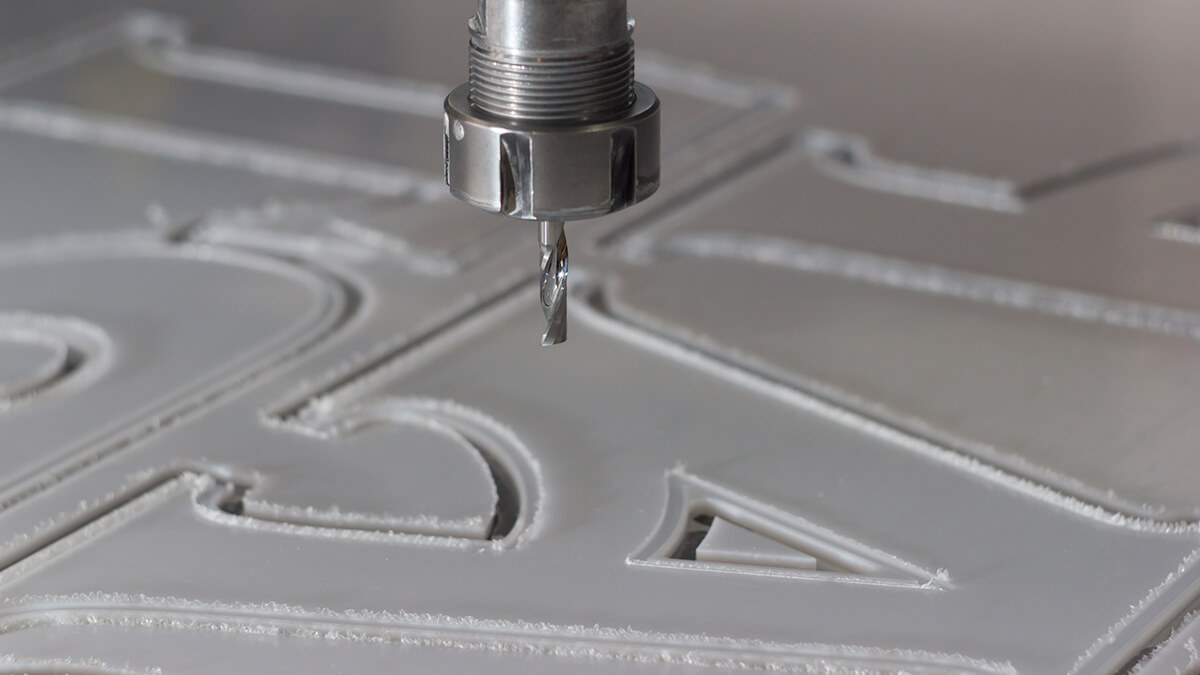Sheet metal machines are widely used in various manufacturing industries for shaping, cutting, and forming sheet metal into different components. Some of the industries that extensively utilize sheet metal machines include light industries such as electrical and medical equipment, all the way up to heavy industries such as automotive, rail, oil and gas, as well as wind power generation.
Versatility
Sheet metal fabrication machines can shape metal into intricate and complex geometries, allowing for the creation of sophisticated and innovative products. They can handle a wide range of materials, providing flexibility to choose the most suitable material for any specific application. Their efficiency facilitates rapid prototyping, allowing manufacturers to iterate designs swiftly and bring products to market faster.
Categorizing sheet metal fabrication machines into four broad categories based on their primary functions and roles in the fabrication process provides a clearer overview of their functionalities. Sheet metal fabrication machines can be categorized into four main types: cutting machines, forming and bending machines, machining and drilling machines, and specialized machines.
Cutting Machines
Shearing Machines: These machines are used to cut large sheets of metal into smaller pieces. They employ a moving blade that shears or cuts through the metal along a straight line. This enables the initial sizing of metal sheets with accuracy, a fundamental step in the fabrication process.
Punch Presses: Punch presses are used to create holes, notches, and other shapes in sheet metal. They use a punch and die set to cut through the material. They are very flexible for creating custom designs in the metal. Punch presses are commonly used in CNC machining operations.
Notching Machines: Notching machines are used to create notches or cutouts in sheet metal for various purposes, such as fitting components together.
CNC Laser Cutting Machines: Utilize high-powered laser beams for intricate and precise cutting of sheet metal and are especially effective for difficult and detailed cuts.
Plasma Cutting Machines: Use a plasma torch to cut through electrically conductive materials. They achieve fast and efficient results when cutting various metals.
Waterjet Cutting Machines: Waterjet cutting machines use a high-pressure jet of water mixed with abrasive materials to cut through various materials, including sheet metal. They are versatile and effective for cutting a wide range of materials without causing heat-induced distortions.
Forming and Bending Machines
Press Brakes: Press brakes are used to bend and shape sheet metal. They utilize a punch and die system to apply force and create bends or folds in the metal. They are capable of forming intricate shapes and angles with precision and accuracy ensuring high quality end products.
Rolling Machines (Roll Formers): These machines are used to roll or curve sheets of metal into cylindrical or conical shapes. They are commonly used for making tubes, pipes, and curved sections.
Tube and Pipe Bending Machines (Tube Benders): Similar to a press brake, a bending machine is designed specifically for bending tubes and pipes into specific angles and shapes.
Welding Machines: Join multiple pieces of sheet metal together through various welding processes. Spot welding machines use electric resistance to join two or more pieces of sheet metal at specific points.
Machining and Drilling Machines
CNC Milling Machines and CNC lathes, can be used for precise shaping and machining of sheet metal components based on computer-aided designs. They allow for complex and accurate machining operations, enhancing efficiency and reducing errors.
CNC Boring and Milling Machines: Enable deep hole drilling and multi-axis machining of large, heavy-duty workpieces.
Specialized Machines
CNC ID/OD Grinding Machines can be specifically designed with high-performance spindles, and advanced CNC Control systems for high-precision grinding and cutting, along with automated loading and unloading functions to enhance productivity.
Micromachining Equipment. Micromachining equipment refers to specialized machinery designed for precise and intricate machining operations on small-scale components. Micro milling, micro turning, micro EDM (Electrical Discharge Machining) Micro Wire EDM Machines, and Micro Laser Machining Systems are all crucial for creating tiny, high-precision parts used in various industries, including electronics, medical devices, aerospace, and more.
Exceptional Industry Applications
While it is commonly known that sheet metal machining is widely used in the manufacturing of automobile and appliance components, it is not often appreciated that refined machining is applied in more exceptional applications such as in the production of extremely fine components in micro electronic devices and Micro-Electromechanical Systems (MEMS).
On other end of the spectrum, sheet metal machining can be used to produce large and robust items such as aircraft fuselages and wings, as well as the large components of wind generating systems, including turbines, tower sections, and nacelles.
These are just a few examples, and sheet metal fabrication is a versatile process with applications in numerous other industries. The efficiency and versatility of sheet metal fabrication machines will continue to contribute to the economic growth of manufacturing sectors, promoting competitiveness in the global market.







.png)






